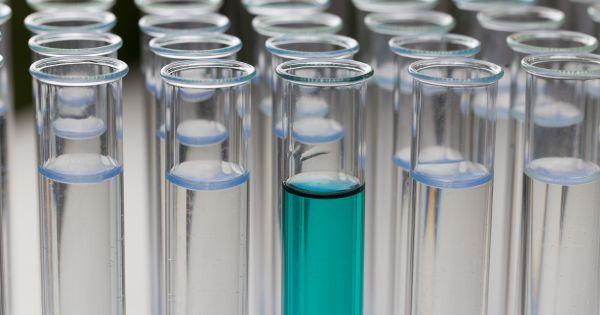
High-performance liquid chromatography (HPLC) is a sophisticated analytical methodology in the scientific community. It operates through the separation, identification, and quantification of mixture components, thus finding indispensable applications across diverse sectors, including but not limited to medicine, environmental science, and materials science. Read on to learn five scientific discoveries credited to HPLC.
1) Discovery of Insulin
The discovery of insulin is also credited to HPLC. Insulin is a peptide hormone that controls how the body uses sugar and fat. Insulin consists of two chains joined by disulfide bridges, and HPLC was crucial in elucidating their structure. Science advanced the creation of synthetic insulin and other diabetes therapies by isolating and examining the many components of insulin.
2) Illegal Drugs in Sports
HPLC is a crucial instrument in the fight against doping in sports. Doping is the illegal use of drugs or other substances to improve sports performance. The use of HPLC allows for the detection of these compounds in athletic biosamples.
The approach isolates the components of these samples, making it possible to detect and measure the presence of illegal chemicals. Identifying potentially dangerous performance-enhancing chemicals in athletes’ systems is a primary goal of using HPLC.
3) Protecting Our Food
HPLC’s role in safeguarding our food supply is paramount. The method has found widespread use in detecting and quantifying dangerous pollutants in our food, such as pesticides, herbicides, and poisons. To ensure that food items are safe, it can efficiently isolate, identify, and quantify these components. Furthermore, HPLC aids in monitoring food adulteration, preserving consumer health, and maintaining integrity in the food industry.
4) New Materials and Compounds
HPLC has fostered significant breakthroughs in materials science, aiding in discovering innovative materials with unique physical and chemical attributes. It has facilitated the identifying and quantifying novel compounds exhibiting distinct magnetic, electronic, and catalytic properties, instrumental in pioneering technological advancements. Furthermore, HPLC has proved valuable in studying natural substances like plant extracts, unearthing potential medicinal compounds, and expanding our therapeutic repertoire.
5) Blood Component Identification
Blood is a complex mixture of various components, such as red and white blood cells, platelets, and plasma. HPLC has been instrumental in studying blood composition and identifying various diseases and disorders that affect it.
For example, HPLC has facilitated the identification of hemoglobin variants that cause sickle cell anemia, a genetic blood disorder affecting millions worldwide. The technique has also been valuable for studying blood clotting disorders and identifying biomarkers for different cancer types.
There’s no question these five scientific discoveries, thanks to HPLC, changed the game forever. The technique has enabled scientists to understand the world around us better and develop new treatments. As technology advances, HPLC will undoubtedly play an essential role in future discoveries and advancements.
Movarek’s expert analysts run the HPLC and UHPLC machines under the watchful eye of a quality control director to achieve radiochemical purity. A trained field service engineer qualifies our numerous HPLC and UHPLC systems so that you may execute your analyses per good laboratory practices (GLP) or good manufacturing practices (GMP).
